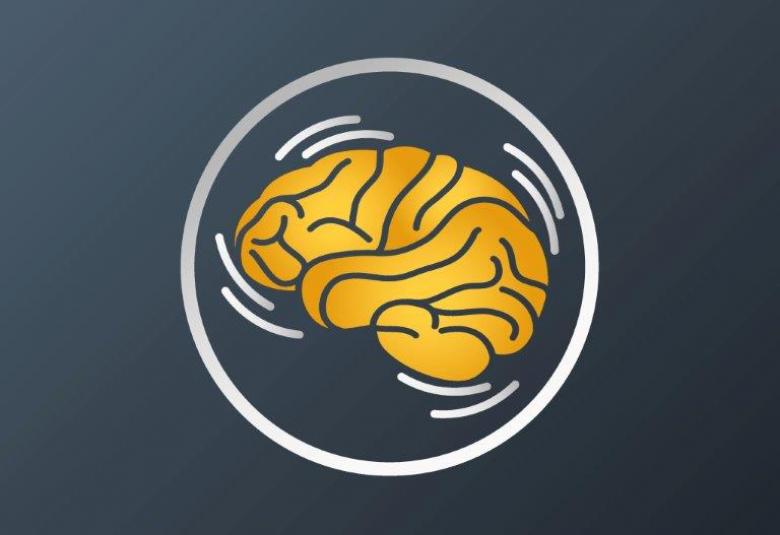Are anti-CGRP monoclonal antibodies disease modifying therapies for migraine? Do they alter the expected course of the disease? Do they delay accumulation of disability and slow progression? These questions were raised in a thought-provoking debate at IHC2021.
In debating the motion are anti-CGRP monoclonal antibodies disease modifying, the principal question to answer is “Do anti-CGRP monoclonal antibodies delay accumulation of disability and slow progression of migraine?” said Professor Dimos Mitsikostas, Athens, Greece, who chaired the debate.
All CGRP monoclonal antibodies significantly decrease monthly migraine days compared with placebo1
Anti-CGRP monoclonal antibodies are disease modifying
Professor Lars Edvinsson, Lund, Sweden, presented the case for the motion, and highlighted studies demonstrating the ability of anti-CGRP monoclonal antibodies to delay accumulation of disability and slow progression of migraine as follows.
Anti-CGRP monoclonal antibody improves health-related quality of life of patients with migraine for at least 5 years3
- All CGRP monoclonal antibodies significantly decrease monthly migraine days compared with placebo1
- Anti-CGRP monoclonal antibody decreases monthly migraine days and this is driven by a decrease in the frequency of monthly migraine attacks; shortening of the duration of attacks plays a minor role2
- Anti-CGRP monoclonal antibody in adults with episodic migraine decreases migraine frequency and improves health-related quality of life for at least 5 years3
- 53% patients with chronic migraine treated with anti-CGRP monoclonal antibody revert to episodic migraine within 12 weeks and this was maintained in a 52-week extension study in 96%4
- 43% patients with chronic migraine treated with anti-CGRP monoclonal antibody reverted to episodic migraine after 12 weeks and this was maintained in the 52-week extension study in 78%4
Most patients with chronic migraine treated with anti-CGRP monoclonal antibody revert to episodic migraine4
It is premature to describe anti-CGRP monoclonal antibodies as disease modifying
In presenting the case against the motion, Dr Elizabeth Leroux, Montréal, Canada, explained that disease-modifying treatments need to alter the expected course of disease beyond symptom control and slow the underlying pathophysiological process.
Migraine does not progress over decades in the majority of patients5 and can be alleviated by modifying some risk factors,6 so it is not possible to conclude that anti-CGRP monoclonal antibodies alter the expected course of migraine, said Dr Leroux.
Is there biomarker evidence to confirm slowing of migraine progression?
Furthermore, slowing of the underlying pathophysiological process in migraine can only be confirmed by measurable changes in biomarkers, she said, but no biomarker has yet been shown to reliably predict treatment response in individuals with migraine.
However, many potential biomarkers are being investigated,7 added Dr Leroux, and findings in patients with migraine include:
- Increased interictal serum CGRP levels,8 though others have concluded that serum CGRP concentration may not be a feasible biomarker9
- White matter abnormalities, infarct-like lesions, and volumetric changes in gray and white matter on magnetic resonance imaging (MRI)10
- Altered connectivity in both the interictal and ictal phases on functional MRI (fMRI)11
- Abnormal energy metabolism and mitochondrial dysfunction on MR spectroscopy and positron emission tomography11
Evidence is emerging that anti-CGRP monoclonal antibodies can modify potential migraine biomarkers
Could anti-CGRP monoclonal antibodies alter these biomarkers and cerebral changes? asked Dr Leroux. Could anti-CGRP monoclonal antibodies alter the threshold for migraine attacks or block the neurochemical cascade? In support of this, it has been shown that:
- Intravenous CGRP can trigger migraine that responds to anti-CGRP monoclonal antibody12
- Response to an anti-CGRP monoclonal antibody is associated with decreased activation in the right thalamus contralateral to the stimulated side, right middle temporal gyrus, right lingual gyrus, left operculum, and several clusters on both sides of the cerebellum on fMRI13
In conclusion, Dr Leroux said that describing anti-CGRP monoclonal antibodies as disease modifying is therefore excessive and premature.
Our correspondent’s highlights from the symposium are meant as a fair representation of the scientific content presented. The views and opinions expressed on this page do not necessarily reflect those of Lundbeck.




